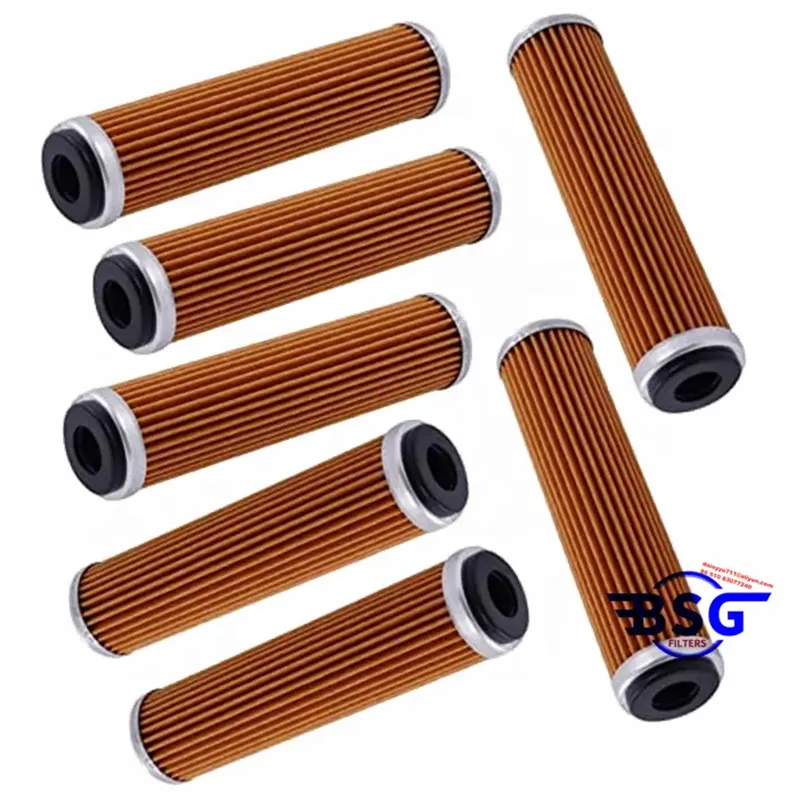Innovative Solutions for Custom Signage Material Production and Design for Various Applications
Aug . 07, 2024 17:50 Back to list
Innovative Solutions for Custom Signage Material Production and Design for Various Applications
The Importance of Signage Materials in Modern Business
In today’s fast-paced and visually driven world, effective signage plays a crucial role in guiding customers, enhancing brand visibility, and fostering communication. As businesses strive to create lasting impressions, the choice of materials for signage becomes a pivotal factor in achieving aesthetic appeal and functionality. This article explores the various types of signage materials available, their unique benefits, and their impact on branding strategy.
Types of Signage Materials
Signage materials can broadly be categorized into several types, each offering distinct advantages. Common materials used in signage include
1. Acrylic Acrylic is a popular choice for both indoor and outdoor signage due to its clarity and versatility. It can easily be molded into various shapes and sizes, allowing for creative designs. Acrylic signs are durable and resistant to weather conditions, making them ideal for businesses that require outdoor displays.
2. Metal Metal signage, particularly aluminum and stainless steel, exudes a sense of professionalism and longevity. These materials are robust and can endure harsh environmental conditions. Metal signs are often used for directional signs, building plaques, and logos, providing a sleek and modern appeal.
3. Wood Wooden signage adds a rustic charm and warmth to businesses, making it a popular choice for cafes, boutiques, and artisan shops. Wood can be easily carved and painted, allowing for intricate designs. However, it may require more maintenance than synthetic materials to prevent weathering.
4. Vinyl Vinyl is a cost-effective and highly adaptable material, often used for banners, window graphics, and vehicle wraps. It is available in various colors and finishes, allowing businesses to implement their branding strategies effectively. Additionally, vinyl is lightweight and easy to install, making it a favored option for temporary signage.
5. LED and Digital Displays With advancements in technology, LED and digital signage have become popular in attracting customers' attention. These materials allow businesses to display dynamic content and change messages easily. This flexibility is particularly beneficial for promotions, special offers, and event announcements.
signage materials manufacturer

Benefits of Choosing the Right Signage Material
The selection of appropriate signage materials can significantly impact a business's branding and customer engagement
. Here are some benefits of investing in quality signage materials1. Durability and Longevity High-quality materials can withstand environmental factors such as rain, sunlight, and wind, ensuring that signage remains intact over time. This durability minimizes replacement costs and maintenance efforts.
2. Enhanced Visibility Naturally, the right signage materials can enhance visibility and legibility, making it easier for potential customers to find and recognize a business. Bright colors, high contrasts, and appropriate sizes can make a significant difference in grabbing attention.
3. Effective Communication Signage is a powerful communication tool. Businesses can convey essential information, direct customers, and promote brand identity through well-designed signs made from suitable materials.
4. Brand Consistency Using consistent materials and design elements across different signage applications reinforces brand identity. This consistency helps create a cohesive image and enhances brand recognition among customers.
Conclusion
In conclusion, the choice of signage materials is a fundamental aspect of building a successful brand image and fostering customer engagement. By selecting materials that align with their vision, businesses can create eye-catching signs that not only attract customers but also convey essential messages. As companies continue to innovate and compete in various sectors, investing in effective signage materials will remain a cornerstone of successful marketing strategies, paving the way for enhanced customer experiences and sustainable growth.
-
Karcher A2004 Vacuum Cartridge Filter Replacement - Durable & Efficient
NewsAug.03,2025
-
Karcher WD/MV HEPA Cartridge Filters | Dust Control Experts
NewsAug.02,2025
-
Top Window Seal Strip Adhesive Companies | Strong Weatherproofing
NewsAug.01,2025
-
Premium Oil Filter for Can-Am Outlander 2003-2017 420256188
NewsJul.31,2025
-
Hightech Injection LED Module size6414: Premium LED Lighting
NewsJul.31,2025
-
Factory Hot Sale Thin Silicone Sewn Strip Roll Wholesale, Durable & Flexible
NewsJul.30,2025
